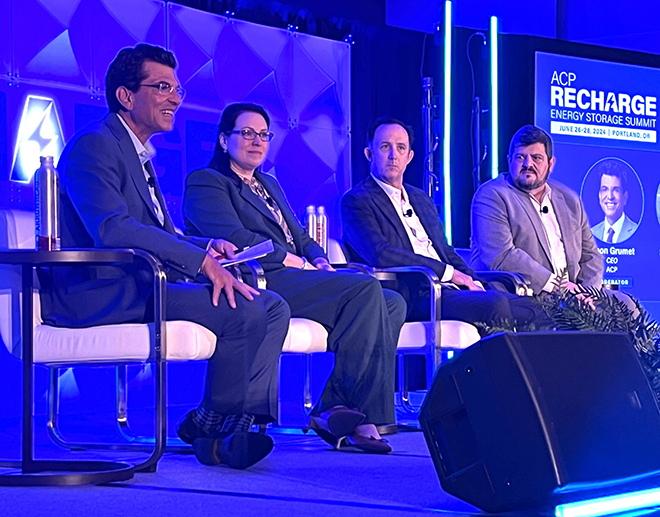
“FERC 2023 is a reform that made sense three years ago when interconnection queues were not quite as backed up and when the demand for putting new resources on the grid was not quite as high,” says Jason Burwen, vice-president of policy and strategy of standalone battery storage developer GridStor, who formerly held positions with the American Clean Power Association and the US Energy Storage Association. “Reality has outstripped the pace of policy making in the power sector, driven in part also by the IRA’s passage and the fact that we now have unprecedented demand to build new clean energy resources. “We are going to continue for some years building out the transmission system piecemeal through each interconnection and each network upgrade that an interconnection triggers, which is not great and everyone knows that that’s not great.”
…
As private markets investors have focused more on energy production investing rather than investments in transmission, permitting reform has tended to take centre stage during industry discussions on the needs of the grid. And for good reason. “The pace of interconnection is the pace of asset build, full stop,” says Burwen. “This is a process that is fundamentally uncertain. You don’t know until several years in whether your project is going to make sense because the study process doesn’t allow you to get that information until then. Inherently, everyone is speculating to a certain degree.”
Read the full Infrastructure Investor article: US grid reform is down to the wire
